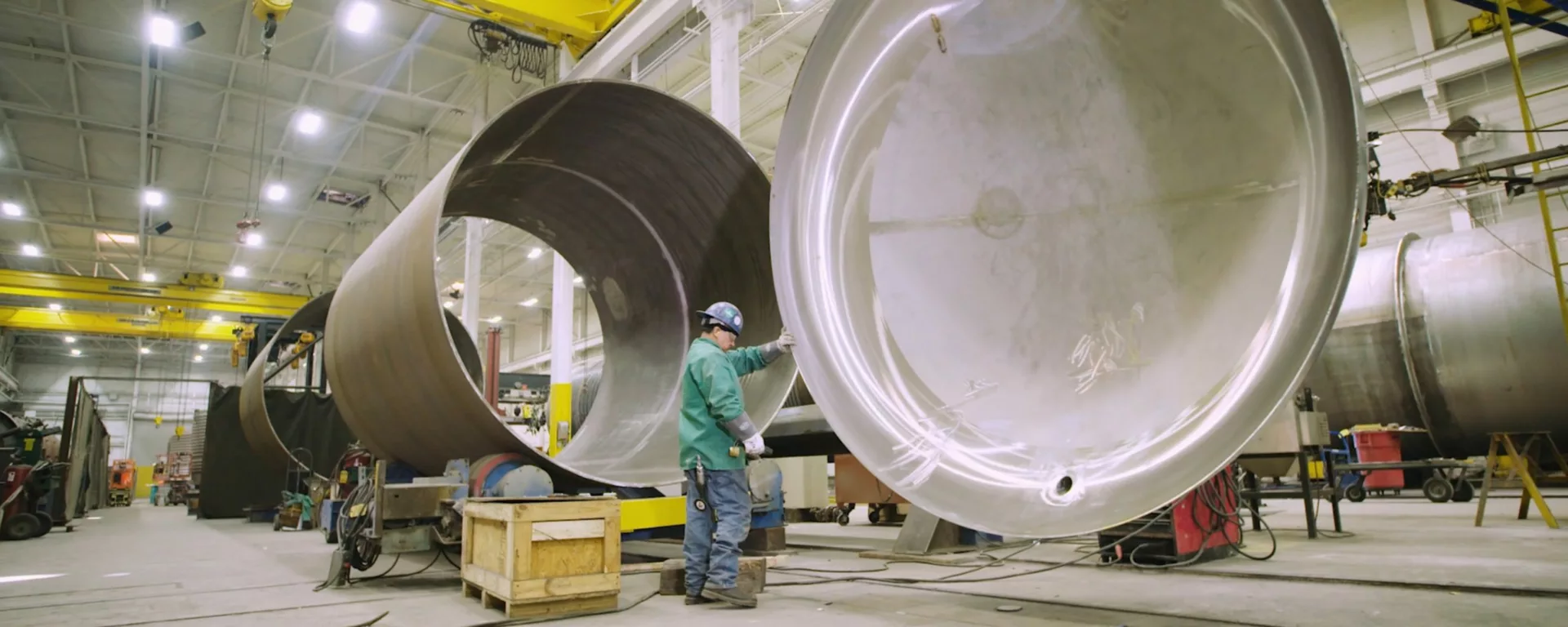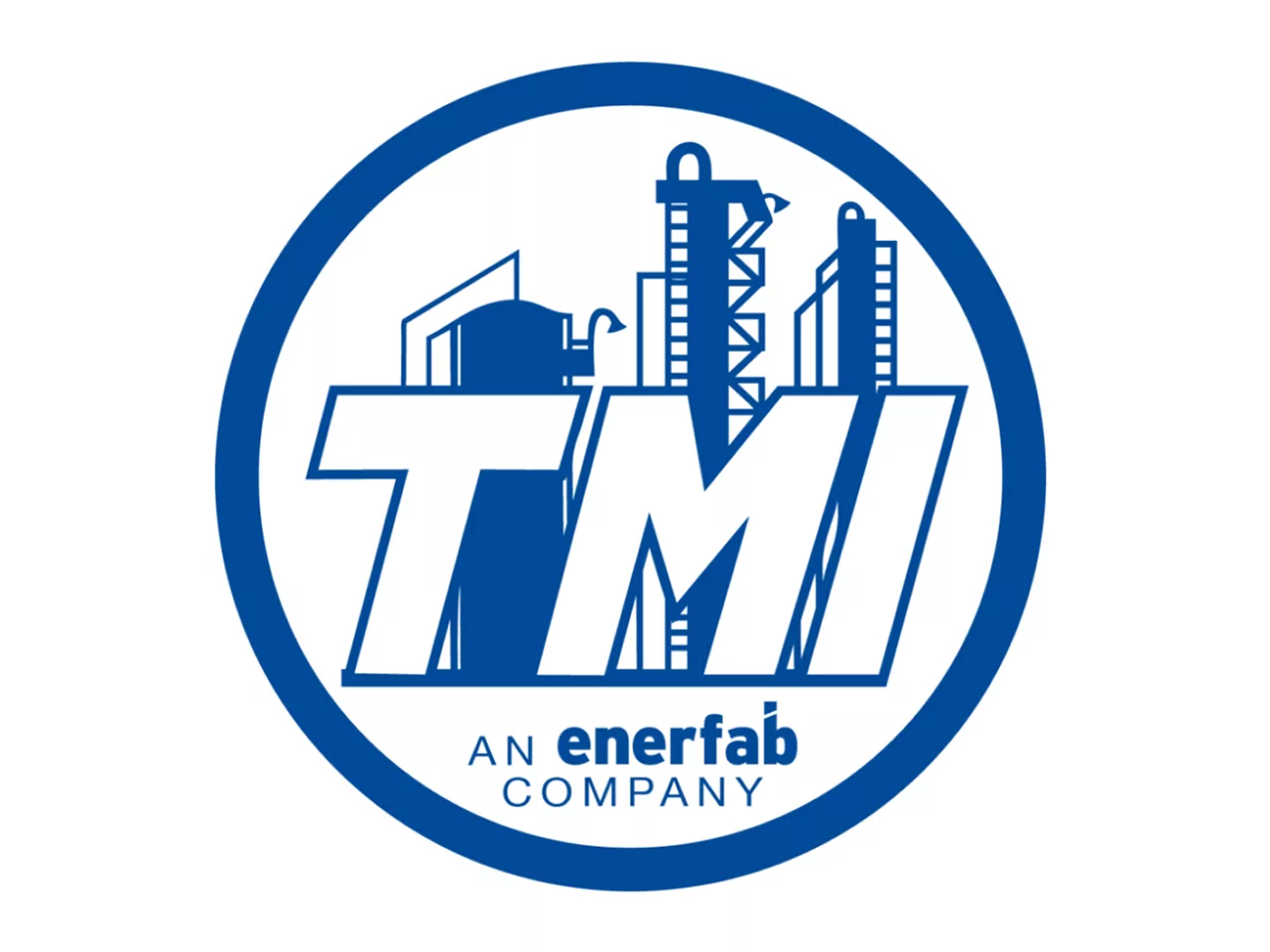Making Up for Lost Time: Rapid Response
Article with Contributions from Ryan Shupp, Project Manager; Greg Henning, Project Manager; and Dave Winnestaffer, Executive Vice President of Fabrication – Operations
Downtime has always been the nemesis of any business and is the driver for much of the investment and preventive maintenance companies perform. But what if downtime is the thing causing a company to miss preventive maintenance?
COVID-19 spread downtime around the entire economy. Even companies that were deemed essential and stayed open felt it when their customers pulled back spending and suspended projects. Routine investments to prevent unscheduled downtime by inspecting, repairing, replacing, or expanding facilities and equipment have gone undone due to reduced budget or staff.
The irony is that these very same reactions to the downtime forced by COVID-19 could be the cause of even more costly downtime in the future.
A Model Built for Speed
There is one model we can rely upon to reduce downtime: rapid response. It’s a model that Enerfab has been using with great success for their customers.
In the rapid response model, the timeline is truncated by putting parts of the project that would normally progress linearly on parallel paths. For example, craftworkers would be cutting, fitting, and fabricating some portions while draftsmen are creating drawings of others. In some cases, work even commences on a project before a formal purchase order is issued (to support the customer’s time constraints). The key is to get work to the shop floor immediately. This way, we can reduce the time needed to fabricate a piece of equipment by more than 50 percent — time no one can afford to lose when a piece of critical process equipment is offline due to malfunction or inspection.
The Challenges of Rapid Response
The benefit of rapid response is simple: speed. But it poses a curious question: If this is possible, why aren’t all projects “rapid response?”
The challenges come down to capabilities and relationships.
Not all contractors have the breadth of capabilities to offer rapid response. In many cases, staff wear many hats. For example, the person who handles procurement also handles accounting — they can’t do both at once, so no parallel path exists.
Enerfab has also found that a dedicated, experienced project team assigned to each rapid response project is essential. Not every contractor has a PM staff big enough to accomplish this, creating a bottleneck of workflow and inhibiting rapid response.
The other hurdle for achieving the rapid response model is relationships. Beginning work without a signed purchase order or agreeing to a premium rate and trusting that deadlines will be met takes a strong customer-contractor relationship. Relationships this strong are only built on long-term, mutual success. To deliver a rapid response project, Enerfab and the customer must work in unison.
Rapid Success
Even before the global coronavirus pandemic, companies found great success using Enerfab Rapid Response for time-critical projects. Some highlights include:
- Reactor rebuild for a chemical-industry customer. The shop replaced the bottom portion of the vessel and associated head/nozzles with new C22 material. They also fabricated and installed an internal coil, field-repaired a body flange, and installed a liner plate for damaged overlay, all in 10 days.
- Reactor head repair for a refinery customer, during which we inspected and repaired the overlay on the internal surface of the reactor head and installed a new C22 overlay with both MIG and SAW weld processes in just 12 days.
- A 10’x40’ 316L SS lethal service vessel and platforms for a customer in the chemical industry. A project that included engineering, procurement, and both firm price and T&M fabrication work scopes that we completed in just three months.
- Shift gas separator fabricated for a chemical industry client that was one of our crowning achievements. A reactor that was smaller, albeit very thick, high pressure, and with custom forgings. Quoted as approximately six weeks, this reactor was delivered four weeks to the day from when we received the inquiry.
- Fabrication of three duplex 2205 pressure vessels for chemical applications. This project was quoted to be completed in five to six weeks, and we delivered in five weeks.
While not an easy model to implement, rapid response has proven its value on multiple Enerfab projects, saving our customers tremendous amounts of time and costs due to downtime. As companies return to production or begin to see the downstream effects of foregoing routine maintenance, they should consider working with a contractor that can bring rapid response capabilities to the table. Look for a team that can make decisions quickly, adapt even more quickly, and work together (and separately in parallel paths), and your next project could be another rapid response success.




